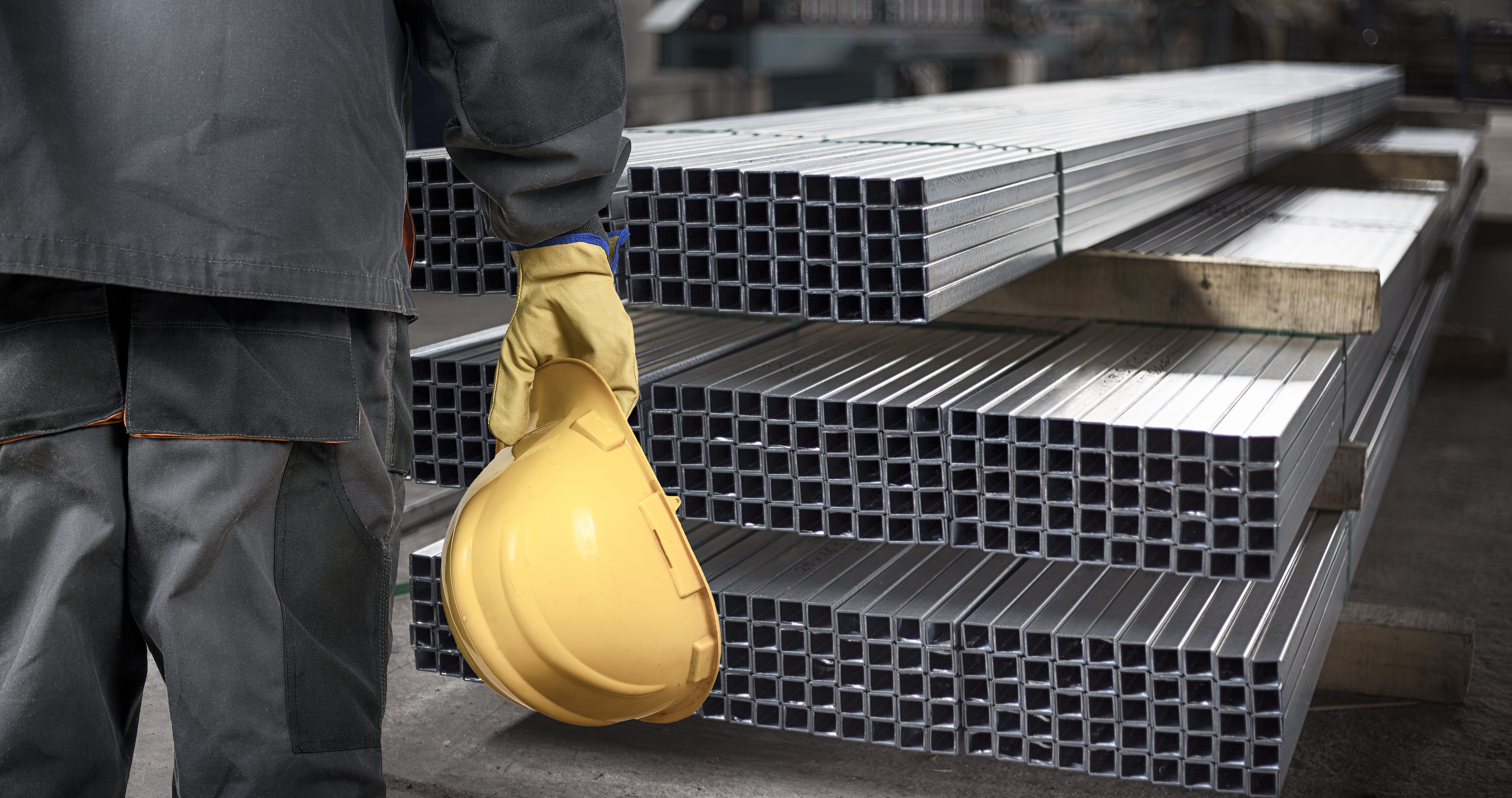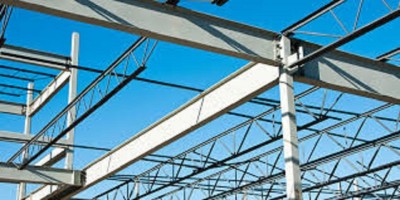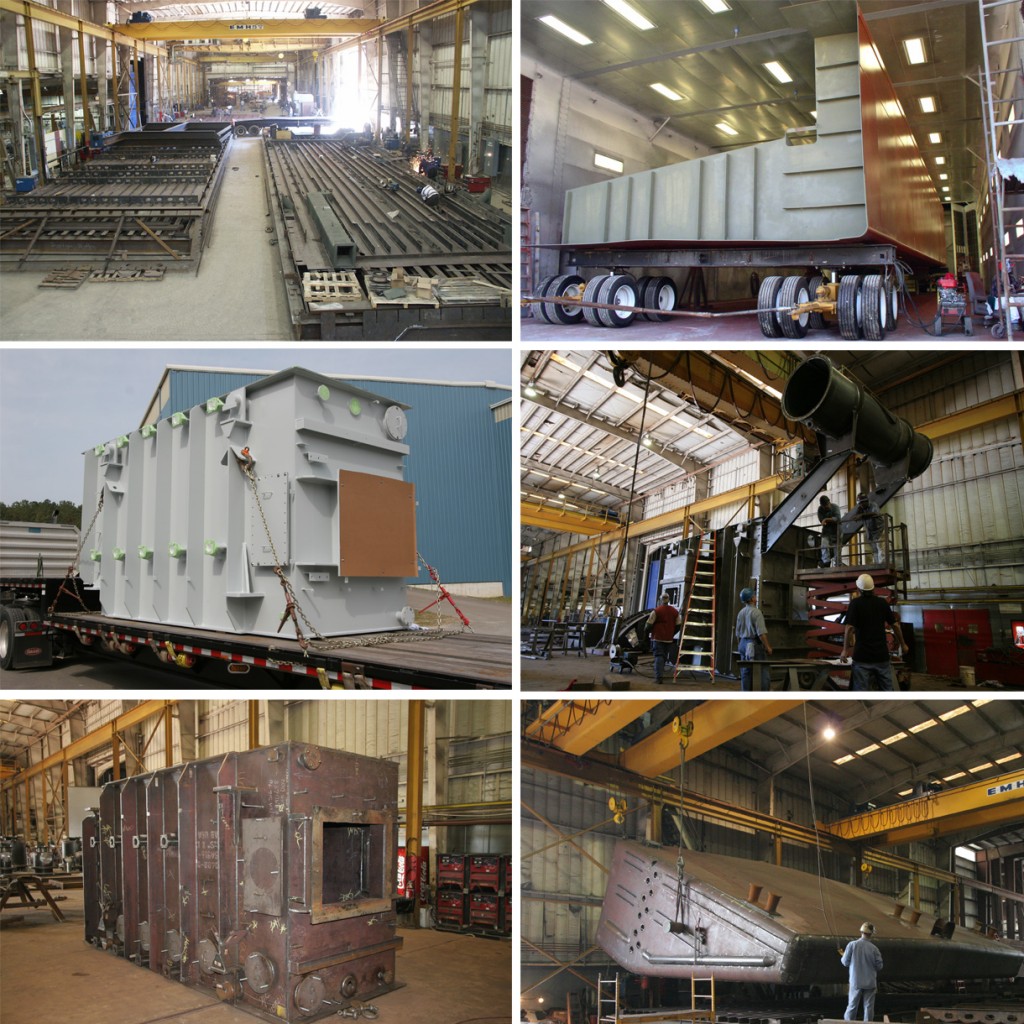Cutting-Edge Metal Fabrication Melbourne: Custom Solutions for each Task
Cutting-Edge Metal Fabrication Melbourne: Custom Solutions for each Task
Blog Article
Ingenious Fads in Steel Fabrication: Enhancing Toughness and Accuracy
In the realm of steel construction, the quest of sturdiness and accuracy has actually led to a wave of ingenious patterns that are improving the industry. These trends are not just shaping the present yet likewise laying the groundwork for the future of steel fabrication, guaranteeing additional improvements in resilience and precision.
Advanced Welding Technologies
In the realm of steel construction, the fostering of cutting-edge welding technologies has actually considerably revolutionized the sector's technique to achieving superior top quality and precision in architectural welds. Advanced welding innovations, such as laser beam of light welding and rubbing mix welding, have actually emerged as game-changers in the area. Laser beam welding utilizes a focused laser light beam to join steel parts with exceptional precision and rate, making it suitable for thin products and complex layouts. On the other hand, friction stir welding creates incredibly strong bonds by mechanically intermixing the particles of the products at the joint, getting rid of the need for melting the steel. These technologies offer many benefits, consisting of minimized heat-affected areas, very little distortion, and enhanced mechanical buildings in the welded joints. By leveraging these advanced welding techniques, steel makers can raise the sturdiness, strength, and accuracy of their structural welds, satisfying the progressively requiring demands of modern construction projects.
Robotic Automation in Fabrication
Embracing robot automation has actually become a cornerstone of modern-day steel fabrication techniques, improving procedures and enhancing effectiveness across the sector. Robotics are transforming the method steel parts are made, providing unparalleled precision and speed while minimizing human error. These automated systems can handle recurring jobs with consistent accuracy, resulting in better final result.
One key advantage of robotic automation in steel manufacture is the ability to work around the clock without fatigue, substantially boosting manufacturing output. This continual procedure minimizes downtime and accelerates task timelines, inevitably conserving expenses for producers. Additionally, robots can be configured to execute intricate tasks that may be difficult or hazardous for human employees, enhancing safety and security in the work environment.
Moreover, robotic automation makes it possible for seamless assimilation with other electronic technologies, such as computer-aided style (CAD) software and Web of Points (IoT) systems (steel fixing). This interconnected approach improves interaction in between different phases of manufacture, optimizing process and ensuring real-time monitoring and control. As the steel construction industry continues to develop, robotic automation attracts attention as a transformative force driving effectiveness and accuracy in making processes

High-Strength Alloy Development
The advancement of high-strength alloy development in steel fabrication is reshaping the sector's strategy to boosting product durability and efficiency. High-strength alloys are crafted to display remarkable mechanical residential properties, such as raised tensile toughness, sturdiness, and rust resistance contrasted to standard steel grades. By integrating these advanced alloys into manufacture procedures, makers can create elements that hold up against higher tension degrees and severe environments, resulting in even more sturdy and reputable output.
One secret benefit of high-strength alloy growth is the capacity to reduce product density without compromising structural stability. This not only results in lighter-weight parts however also adds to cost savings and boosted effectiveness in fabrication and setting up processes. In addition, the improved strength-to-weight ratio of these alloys permits for the style and construction of frameworks with greater load-bearing capacities while decreasing general weight.
3D Modeling and Simulation Software Program
Innovations in steel manufacture processes have actually been considerably moved by the assimilation of advanced 3D modeling and simulation software program tools. These devices permit fabricators to produce detailed online versions of their projects, enabling them to visualize the end product with precision prior to any manual labor begins. By imitating various tension variables, environmental conditions, and structural loads, producers can maximize styles for boosted longevity and performance. Additionally, 3D modeling and simulation software enhance the manufacturing procedure by determining possible concerns beforehand, decreasing the requirement for expensive rework and decreasing product waste.

Sustainable Practices in Steel Manufacturing
Incorporating sustainable techniques check my site into steel production procedures is important for minimizing environmental impact and making sure long-term source availability. One crucial lasting practice is the fostering of energy-efficient modern technologies to decrease greenhouse gas exhausts during the steel production process. This consists of utilizing renewable resource sources, such as solar or wind power, to power steel plants and carrying out energy-efficient devices to enhance energy use.
Another important aspect of lasting steel manufacturing is the accountable sourcing of basic materials. This includes making sure that the iron ore and various other sources utilized in steelmaking are obtained from ecologically friendly and honest sources. By advertising openness in the supply chain and sticking to strict environmental requirements, steel producers can reduce the unfavorable influences of resource extraction on neighborhood ecological communities and communities.

Conclusion
In conclusion, the innovative patterns in steel manufacture such as advanced welding innovations, robotic automation, high-strength alloy growth, 3D modeling and simulation software application, and sustainable techniques are improving the toughness and precision of steel items. These innovations are reinventing the read review steel construction industry by boosting sustainability, performance, and high quality. It is clear that the future of steel construction depends on accepting these advanced modern technologies to satisfy the demands of contemporary building and production industries.
In the world of steel fabrication, the search of durability and accuracy has led to a wave of ingenious fads that are reshaping the sector.In the realm of steel construction, the adoption of innovative welding technologies has dramatically transformed the sector's approach to accomplishing superior high quality and accuracy in architectural welds. As the steel fabrication market proceeds to evolve, robotic automation stands out as a transformative pressure driving performance and precision in producing procedures.
In addition, reusing and recycling steel scrap and waste materials play a considerable duty in enhancing the sustainability of steel production. steel fixing.In verdict, the innovative trends in steel construction such important site as sophisticated welding technologies, robotic automation, high-strength alloy advancement, 3D modeling and simulation software program, and lasting methods are improving the durability and accuracy of steel items
Report this page